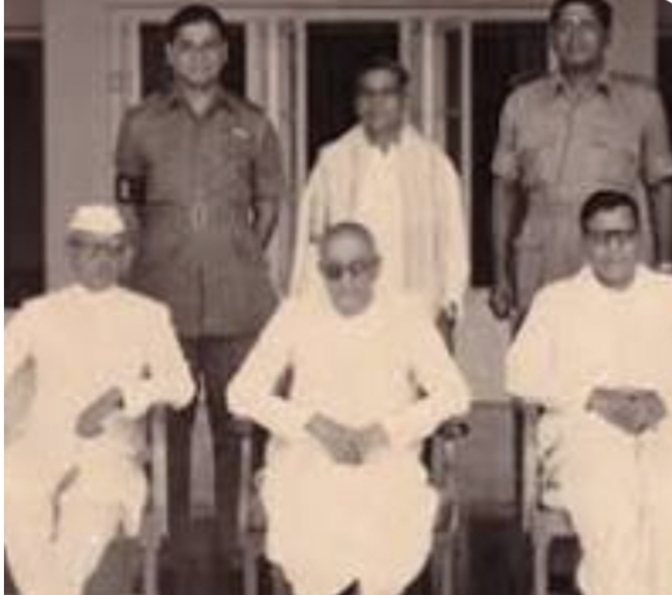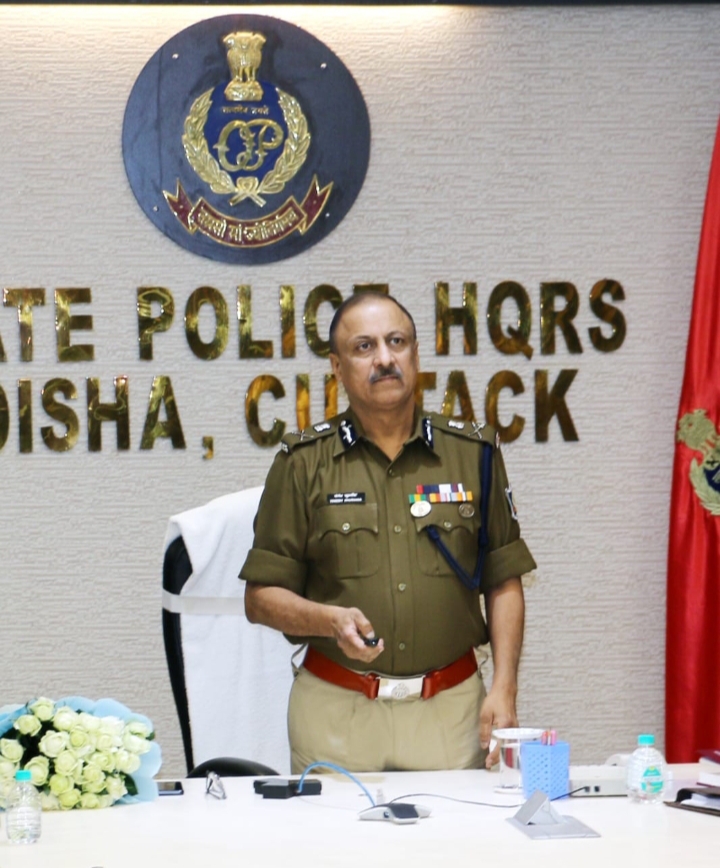ନବୀନ ପଟନାୟକ ମୋ ସଂଶୋଧିତ ବହି ବିଷୟରେ ଜାଣି ଖୁସି ନଥିଲେ ବୋଲି ଶୁଣିବାକୁ ପାଇଥିଲି।
ନବୀନଙ୍କ ବିରୋଧରେ କଡ଼ା ଭାବରେ ଲେଖାଯାଇନଥିବାରୁ ବିଜେପିର ଜଣେ ପ୍ରଭାବଶାଳୀ ନେତା ମୋ ସହ ୩ ମାସ କଥା ହୋଇନଥିଲେ। ଦିଲ୍ଲୀରେ ଭୋଜିରେ ଦେଖା ହେଲା ପରେ ବି କଥା ହୋଇନଥିଲେ।
‘ମୁଁ ଜଣେ ନିରପେକ୍ଷ ସାମ୍ବାଦିକ।
ମୋ ବିରୋଧରେ ଅଯଥାରେ ମୋ ମାଲିକ (outlookର ମାଲିକ ରାଜନ ରହେଜା)ଙ୍କ ପାଖରେ ବିଜେଡି ନେତା ପୁଳାଏ କାଗଜ ଦେଇ କାଗଜର ମୁଖ୍ୟ ସମ୍ପାଦକ ପଦରୁ କାଢ଼ିବାକୁ କହିଥିଲେ।
ନବୀନ ପଟନାୟକ ମୋ ସଂଶୋଧିତ ବହି ବିଷୟରେ ଜାଣି ଖୁସି ନଥିଲେ ବୋଲି ଶୁଣିବାକୁ ପାଇଥିଲି।
ନବୀନଙ୍କ ବିରୋଧରେ କଡ଼ା ଭାବରେ ଲେଖାଯାଇନଥିବାରୁ ବିଜେପିର ଜଣେ ପ୍ରଭାବଶାଳୀ ନେତା ମୋ ସହ ୩ ମାସ କଥା ହୋଇନଥିଲେ। ଦିଲ୍ଲୀରେ ଭୋଜିରେ ଦେଖା ହେଲା ପରେ ବି କଥା ହୋଇନଥିଲେ।
ନେତାମାନେ ଏବେ ଅଧିକ ଅସହିଷ୍ଣୁ ହୋଇପଡୁଛନ୍ତି କାହିଁକି?
ସବୁ ଆଡ଼େ ମିଡିଆର ସ୍ତର ଖସିଛି। ଦାୟିତ୍ୱସମ୍ପନ୍ନ ସାମ୍ବାଦିକତା ଦର୍କାର’- ରୁବେନ ବାନାର୍ଜୀ
















Leave a Reply